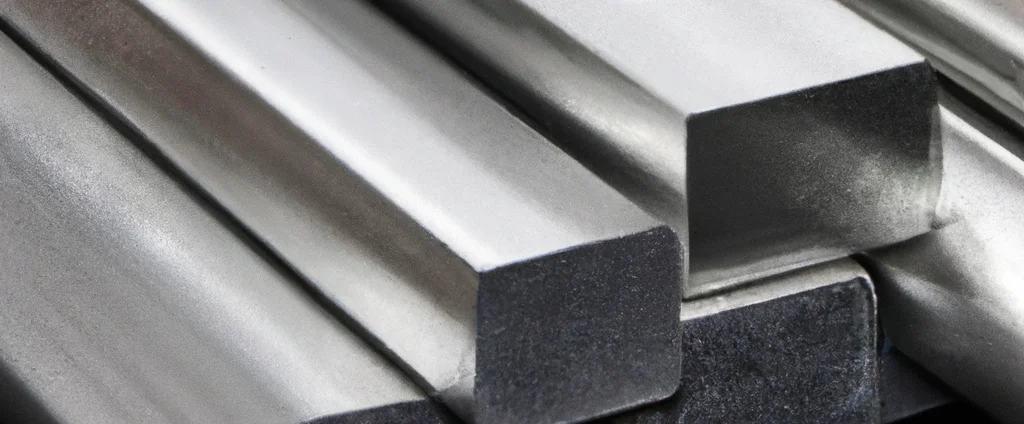Aluminum Alloy 5052 (UNS A95052)

Aluminum 5052 is an alloy that is primarily composed of aluminum, magnesium, and chromium. It is one of the most common alloys used in the manufacturing of sheet metal due to its excellent corrosion resistance, high strength, and good formability.
| Chemical Composition | ||
|---|---|---|
| Element | Min | Max |
| Aluminum | 95.7% | 97.7% |
| Chromium | 0.15% | 0.35% |
| Copper | —— | 0.1% |
| Iron | —— | 0.4% |
| Magnesium | 2.2% | 2.8% |
| Manganese | —— | 0.1% |
| Silicon | —— | 0.25% |
| Zinc | —— | 0.1% |
| Residuals | —— | 0.15% |
The following table provides a list of aluminum 5052 properties in both SI and US customary/Imperial units.
Click on the button to switch between Metric and Imperial units.
| Physical Properties | Metric |
|---|---|
| Density | 2680 kg/m3 |
| Mechanical Properties | Metric |
| Tensile Strength | 190 - 290 MPa |
| Yield Strength | 90 - 250 MPa |
| Young’s Modulus (E) | 70 GPa |
| Shear Modulus (G) | 26 GPa |
| Elongation at Break | 7 - 27% |
| Poisson’s Ratio (ν) | 0.33 |
| Brinell Hardness | 40 - 60 HB |
| Thermal Properties | Metric |
| Melting Point | 607 - 650 °C |
| Thermal Conductivity | 138 W/m·K |
| Specific Heat Capacity (Cp) | 880 J/kg·K |
| Coefficient of Thermal Expansion (αL) | 2.38×10-5 1/°C |
| Electrical Properties | Metric |
| Electrical Conductivity | 2×107 S/m |
| Electrical Resistivity | 4.9×10-8 Ω·m |
The values in this table are approximate and can vary depending on various factors such as the specific manufacturing process and heat treatment applied to the alloy.
Advantages & Disadvantages of Aluminum 5052
| Advantages | Disadvantages |
|---|---|
| Corrosion resistance | Limited heat treatability |
| Formability | Limited hardness |
| High strength | High cost |
| Weldability |
Applications of Aluminum 5052
Aluminum 5052 is a preferred material for engineers who need marine-grade durability combined with excellent fabrication flexibility. Common applications include:
- Marine and aquatic equipment: Due to its excellent corrosion resistance, it is commonly used for the construction of boats, marine equipment, and offshore structures.
- Transportation: Its combination of strength, light weight, and formability makes it a popular choice for various transportation applications, such as aircraft components, automotive parts, and trailers.
- Building and construction: The corrosion resistance, durability, and ease of fabrication make it a suitable choice for use in building and construction applications, such as roofing, siding, and gutters.
- Electronics: Good electrical conductivity and formability make it a suitable choice for various electronic components, such as heat sinks and PCBs.
- Medical equipment: Excellent corrosion resistance, non-toxicity, and ease of sterilization make it a suitable choice for medical equipment, such as surgical instruments and diagnostic tools.
- Packaging: Commonly used for the production of food and beverage cans, as it provides a lightweight, corrosion-resistant, and recyclable packaging option.
